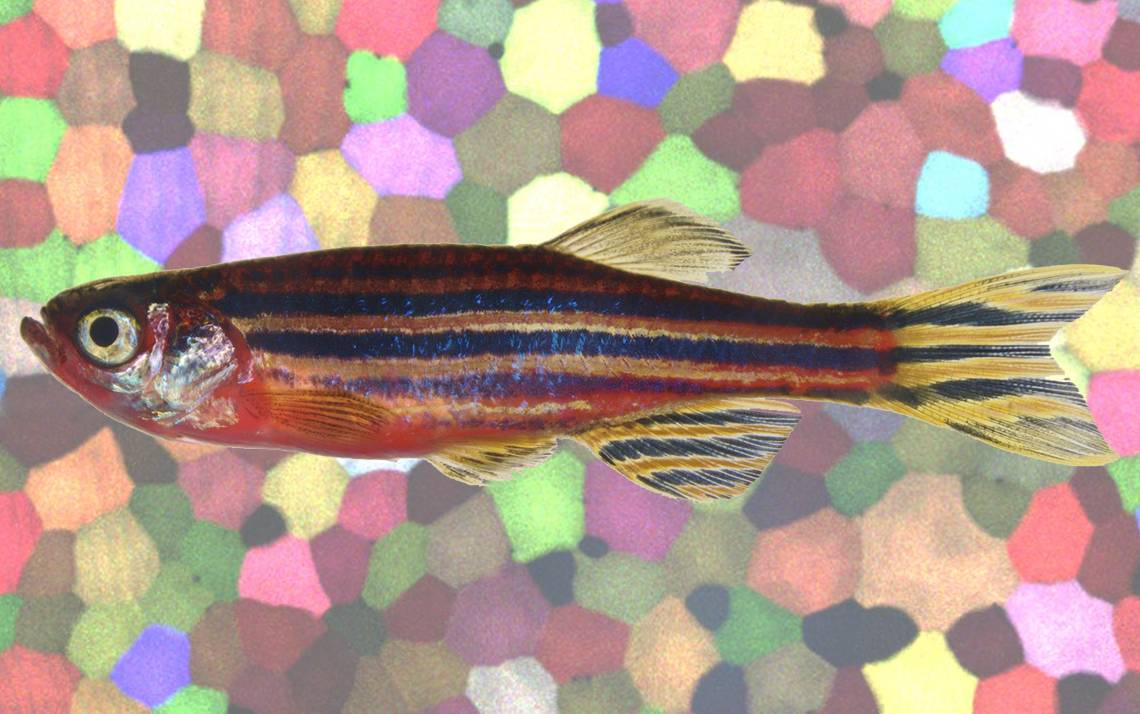3 Fun Facts about Regeneration Next
School of Medicine initiative focuses on interdisciplinary solutions to health

“If salamanders, starfish and zebrafish can regenerate parts, why can’t we?” asked Sharlini Sankaran.
At first blush, questioning the evolutionary biology of humans may seem far-fetched, but a consortium of faculty from across schools at Duke is trying to determine the next wave of healthcare advancements.
“Regenerative medicine is a field that seeks ways to regrow or engineer healthy tissue without having to do transplants,” explained Sankaran, executive director of Regeneration Next, a new initiative funded by the School of Medicine that brings together about 50 Duke faculty who specialize in areas of regeneration and their trainees. “On a global scale, there’s an organ shortage, so the promise of stem cells and regenerative medicine is important.”
Started in January, Regeneration Next includes faculty and staff from the School of Medicine, Pratt School of Engineering and the Trinity College of Arts & Sciences. Its leadership includes faculty from the departments of Cell Biology, Orthopaedic Surgery, Biomedical Engineering and Biology.
Recent research has included findings on how and when cells communicate during different stages of tissue development and how scientists and doctors could make new neurons from skin cells and potentially implant them in the brain to treat conditions like Parkinson’s disease.
“It has never been a more exciting time for the field,” said Ken Poss, James B. Duke Professor of Cell Biology and director of Regeneration Next. “There is great progress in our understanding of how tissue regeneration happens, why it happens, and how to design smart therapies to enhance regeneration in disease and injury settings. “
Here are three fun facts about the work through Regeneration Next:
- In August, Regeneration Next selected its inaugural class of fellows. Four postdoctoral researchers joined the initiative to perform work on how to treat degenerative eye disease, tissue repair and heart disease.
- Don Fox, assistant professor of pharmacology and cancer biology, maintains over 1,000 varieties of flies in his lab for tests related to regenerative medicine. His research focuses on organ repair and remodeling as well as aspects of cancer. In all, there may be more than 500,000 total flies in the lab at a time. One adult female fly has 200 to 500 babies in her short lifetime of one to two months.
- Debra Silver, an assistant professor of molecular genetics and microbiology, has performed research on a rare disorder that stunts brain development in utero. The work could help scientists better understand the Zika virus and its effects. Hear her talk about it on NPR.